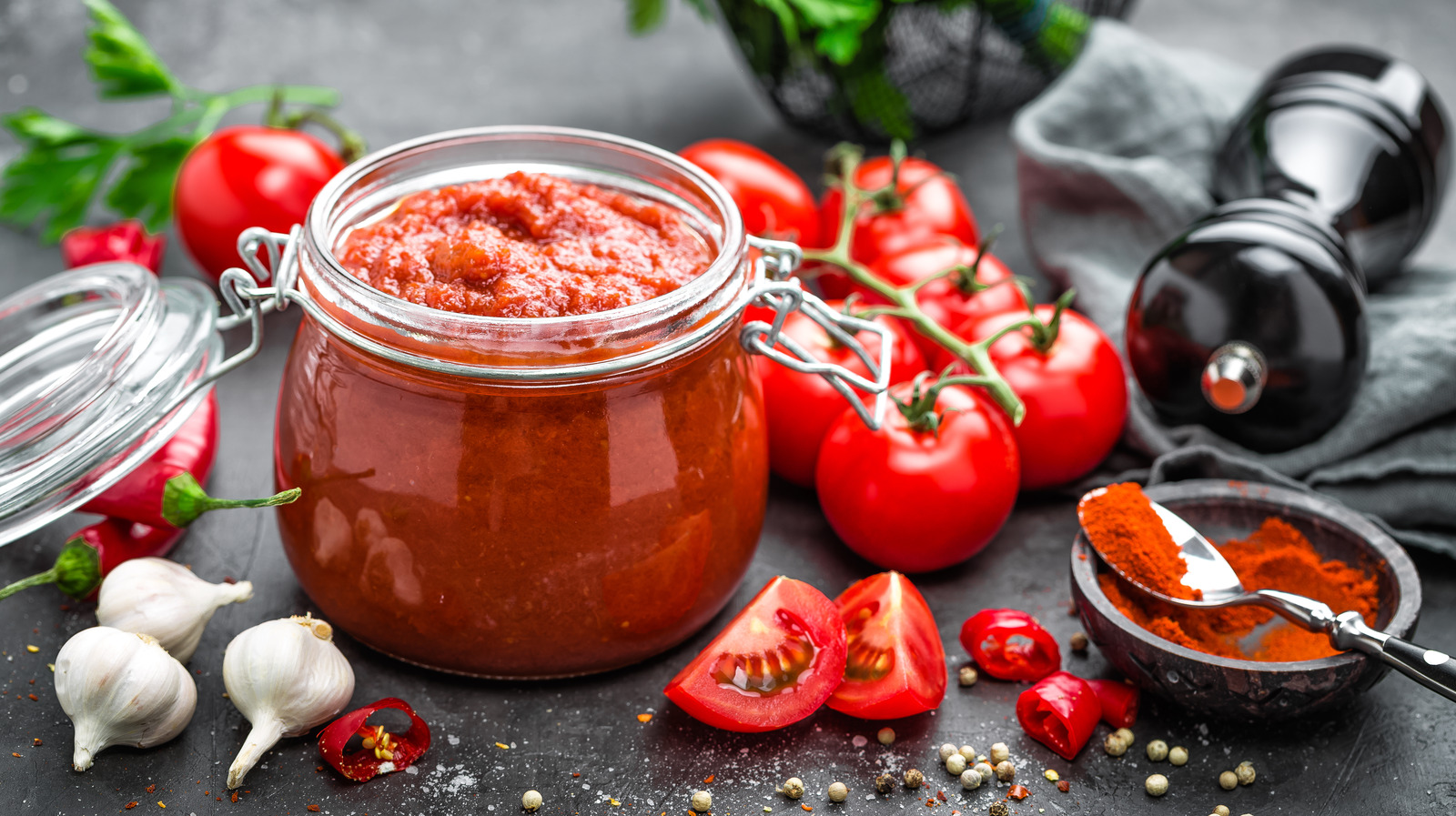Tomato paste is one of those kitchen essentials that quietly transforms everyday dishes into rich, flavorful creations. Slow-cooked, concentrated, and intensely aromatic, it delivers depth that fresh tomatoes can’t always provide on their own. Home cooks and professional chefs alike reach for it when they want boldness without excess moisture. Whether you’re preparing soups, sauces, or stews, a small spoonful can enhance acidity, sweetness, and color instantly.
Why Many Cooks Prefer High-Quality Tomato Bases
Most people know tomato paste as a thick, brick-red concentrate sold in cans or tubes. Yet many don’t realize how different it can be depending on the tomatoes used, the production method, and whether additives are included. That difference becomes even clearer when you begin comparing conventional products with those made from organic tomato puree. When paste starts from wholesome, pesticide-free ingredients, the flavor becomes cleaner, brighter, and more nuanced.
A Short Understanding of How Tomato Paste Is Made
Tomato paste begins with ripe tomatoes that are washed, crushed, and slowly cooked until the water evaporates. Once reduced to a thick, velvety consistency, the mixture is strained to remove seeds and skin before undergoing additional concentration. This process intensifies natural sugars and acids, creating a savory-sweet balance widely appreciated in cooking.
Industrial manufacturers often use heat at very high levels to speed up production, which can affect the flavor. Products developed from organic tomato puree typically rely on gentler methods that protect both freshness and nutrient integrity.
Choosing Products Made From Organic Tomato Sources
One of the biggest shifts in modern home cooking is the growing interest in clean, sustainable ingredients. That’s where organic tomato puree becomes a central player. Consumers looking for minimal processing and fewer additives often gravitate toward tomato paste made from organically grown tomatoes.
Benefits of Using Organic Tomato Ingredients
Several advantages come with relying on tomato paste crafted from organic tomato puree:
-
Richer, more authentic flavor: Tomatoes grown in organic soil often contain higher levels of natural sugars and acids, giving the paste a full-bodied taste.
-
Fewer additives: Many organic options avoid artificial preservatives or stabilizers.
-
Better for the environment: Organic farming practices reduce soil degradation, help protect pollinators, and promote healthier ecosystems.
-
Higher nutrient retention: Some studies suggest organic tomatoes may contain more antioxidants, such as lycopene and vitamin C.
Why Texture Matters in Everyday Cooking
Texture determines how well tomato paste blends into recipes. A smooth, silky consistency helps it dissolve quickly into oil or broth, creating a uniform color throughout the dish. Products made from organic tomato puree often have a satiny, concentrated texture without graininess, making them ideal for delicate dishes like cream soups or velvety tomato-based sauces.
Cooking With Tomato Paste Like a Professional
Great cooks treat tomato paste as more than an ingredient tossed in without thought. They caramelize it, toast it, or build layers of flavor around it. Understanding these techniques can elevate your meals instantly.
Caramelizing Tomato Paste for Deeper Flavor
Warm tomato paste in a pan with a bit of oil over medium heat until it darkens slightly and sticks to the bottom. This step unlocks natural sugars inside the concentrate, creating a rounder, more complex flavor base. Soups, chili, and curries become noticeably richer when the paste undergoes this quick transformation.
Combining Spices with Tomato Paste
Tomato paste blends beautifully with spices such as smoked paprika, cumin, garlic, coriander, and chili powders. Mixing spices during the caramelization stage lets fat carry both tomato and spice flavors throughout the dish. Many chefs rely on this technique for pasta sauces, taco fillings, and comforting stews.
Deglazing for Aroma and Color
After caramelizing the paste, add a splash of stock, wine, or even water to lift the fond from the pan. This boosted mixture becomes a concentrated flavor base that makes dishes come alive. Pasta ragù, lentil soups, or rice pilaf gain deeper complexity through this one simple process.
Storage Tips That Protect Freshness
Even the best tomato paste can lose quality if stored incorrectly. Here are simple ways to keep it at peak flavor:
-
Use tubes instead of cans when possible, since tubes prevent exposure to air and last longer.
-
Freeze leftovers in teaspoon-sized portions using an ice cube tray, then transfer cubes to a freezer-safe bag.
-
Cover the surface with olive oil in small containers to prevent oxidation once opened.
Many organic brands, especially those starting from organic tomato puree, offer paste in resealable packaging, which helps reduce waste and maintain freshness.
Recipes That Benefit Most From Tomato Paste
Tomato paste shines across global cuisines. Its versatility allows it to stand in as a foundation, enhancer, or finishing touch.
Italian Classics
Dishes like marinara, Bolognese, and arrabbiata depend heavily on tomato paste for their signature richness. A small amount provides intense color and cohesive mouthfeel without making sauces watery.
Middle Eastern and Mediterranean Dishes
Many Middle Eastern stews and rice dishes use tomato paste as a core element. Mixing paste with olive oil and spices forms the flavor backbone of recipes like Turkish menemen, Lebanese stews, or Moroccan chickpea dishes. Organic tomato puree–based paste enhances these meals with a fresher, less metallic taste.
Comfort Foods Loved Everywhere
Chili, sloppy joes, curries, and even homemade ketchup gain remarkable depth from a spoonful or two of paste. The ingredient thickens soups naturally and works beautifully with beans, lentils, and roasted vegetables.
Final Thoughts
People increasingly look for ingredients that support both health and sustainable agriculture. Products made from organic tomato puree offer a thoughtful alternative to conventional options, giving cooks a dependable, richly flavored base without unnecessary additives. Tomato paste remains one of the most versatile, cost-effective ingredients in any pantry, and choosing high-quality organic versions elevates even the simplest meal.
If your goal is cleaner flavor, brighter color, and a more wholesome approach to cooking, exploring organic tomato options can make a meaningful difference. From pasta nights to hearty winter soups, improved ingredients create improved dishes one spoonful at a time.
